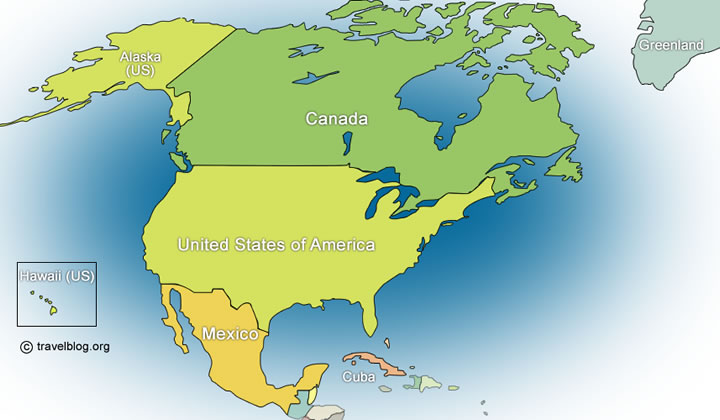Hints and Tips for North America
Research visa requirements prior to arriving in North America! Mexico tends to be the most lenient with a fee for a tourist card. Canada allows some citizens up to six months without a visa while others must enter with a Temporary Resident Visa or other identification. The United States also varies. Some citizenships are allowed visa waivers (though travelers must apply for an ESTA online approval) while others must research the specific visa requirements and fees (up to $200) as details vary.
Entry to the United States can be a very long and strict process. Remember, everyone has to go through this process, so try not to get too flustered or impatient as that can make the process even longer. Stay within restrictions for carry-on liquids (maximum 3 ounces per bottle) within a clear, plastic bag (maximum 1 quart). Be prepared to take off shoes, belts, jackets, and any metals before going through security x-ray machines.

If you are driving over any country lines by car, it is important to double-check border crossing requirements. You may have to show proof of the rental agreement, insurance (i.e. Mexico does not accept American automobile insurance), registration, a driver’s license, and other documents (i.e. Canada requires an insurance certificate).
Crossing borders now requires a passport regardless of citizenship (including United States, Canadian, and Mexican citizens)
The third-largest continent, North America is almost entirely in the Western Hemisphere. It is bordered on the north by the Arctic Ocean, on the east by the North Atlantic Ocean, on the southeast by the Caribbean Sea, and on the south and west by the North Pacific Ocean.
North America provides a stunning landscape, a choice of vibrant cities, a range of climates, and numerous activities and experiences on offer. The continent offers a diverse range of cultures – both existing and past – and boasts some of the most famous landmarks in the world.